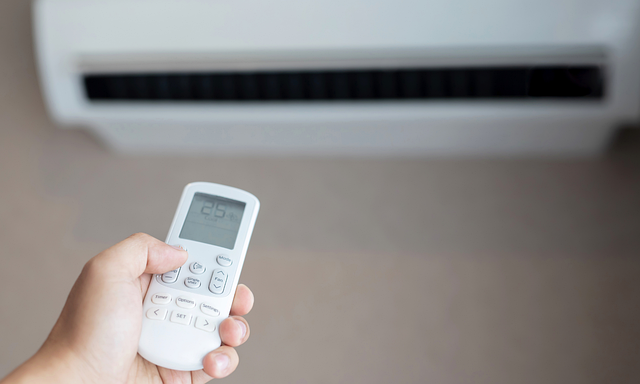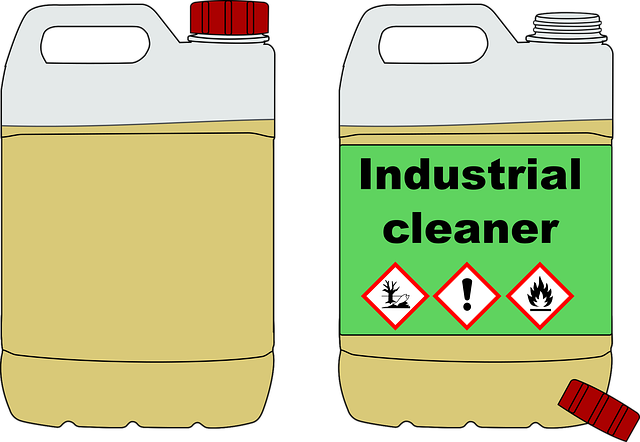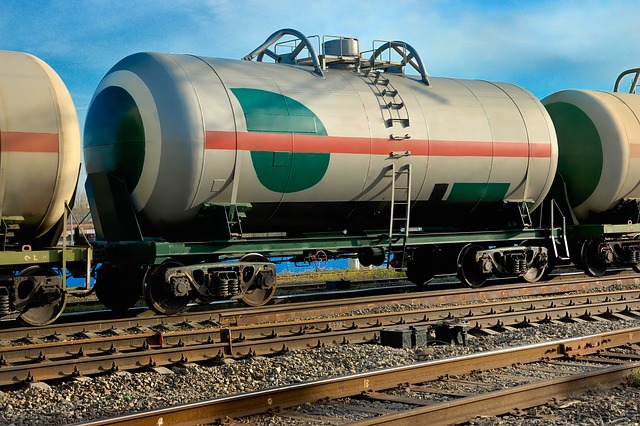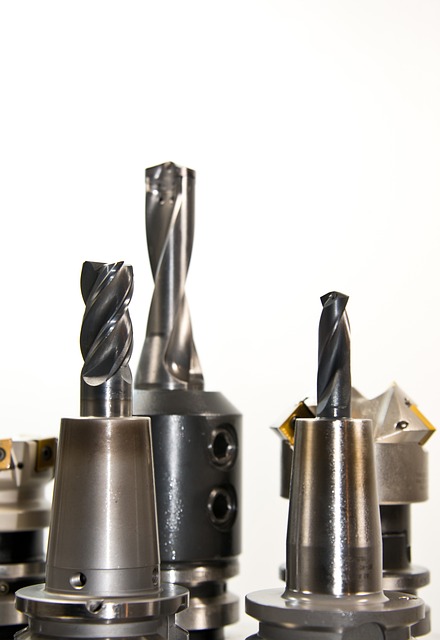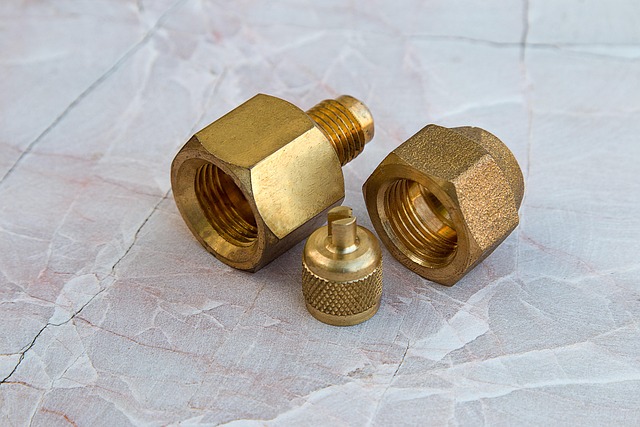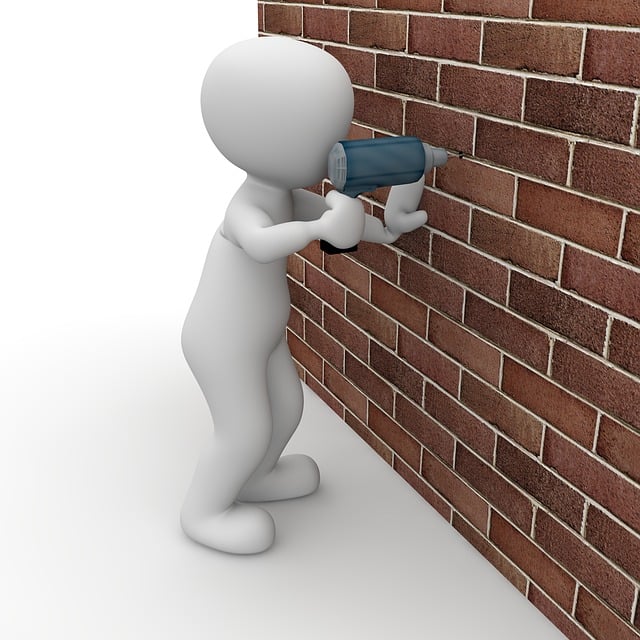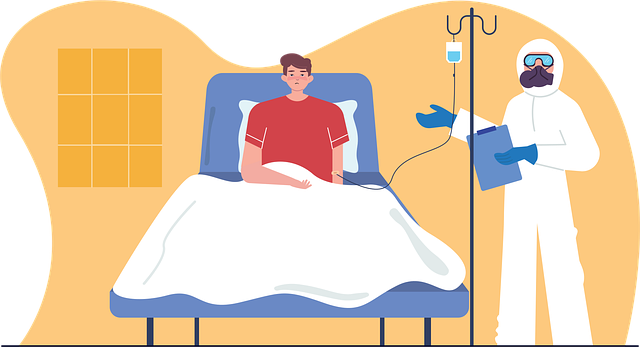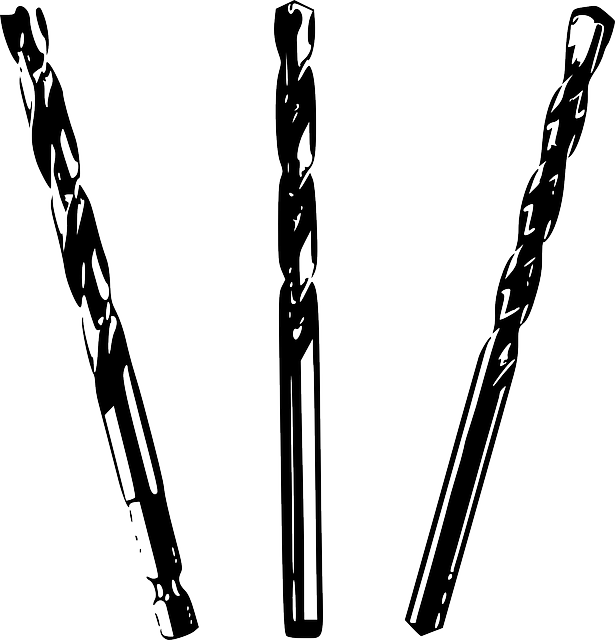Hazmat valve training equipment is essential for first responders, offering realistic scenarios to practice sealing, containing, and decontaminating hazardous materials. Dome lid training props simulate actual domelids, allowing teams to gain hands-on experience with various valve types, manipulation techniques, and emergency procedures in a controlled environment. This specialized gear enhances operational readiness, personnel safety, and coordination, ultimately saving lives and minimizing environmental damage during real incidents. Incorporating dome lid training into safety protocols improves response efficiency, with industrial facilities reporting significant reductions in incident response times after implementation. Regular maintenance and customization of the equipment are recommended for optimal preparedness.
“Enhance your emergency preparedness with dome lid training props, an innovative tool in hazmat exercises. This article explores the essential role of specialized Hazmat Valve Training Equipment in ensuring effective response strategies for hazardous material incidents. We delve into the unique benefits of Dome Lid Training Props, highlighting their purpose and design features for realistic simulation.
From key considerations for effective training to step-by-step guides and real-world applications, discover how these props revolutionize safety protocols in industrial settings.”
- Understanding Hazmat Valve Training Equipment: A Essential Tool for Emergency Preparedness
- The Purpose and Benefits of Dome Lid Training Props in Hazardous Material Exercises
- Key Features and Design Considerations for Effective Hazmat Valve Simulation
- Incorporating Dome Lid Training into Your Safety Protocol: Step-by-Step Guide
- Real-World Applications: Success Stories and Best Practices from Industrial Settings
Understanding Hazmat Valve Training Equipment: A Essential Tool for Emergency Preparedness
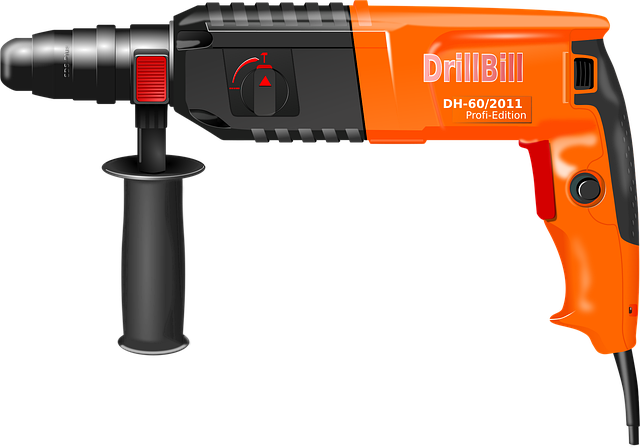
Hazmat valve training equipment is an essential tool for emergency preparedness, offering a realistic and controlled environment to practice specialized skills. This specialized gear simulates various hazardous materials scenarios, allowing first responders to gain invaluable experience in managing potential crises. By utilizing dome lid training props, professionals can learn to efficiently seal off areas, contain spills, and administer appropriate decontamination measures.
The benefits of such equipment are profound, especially in high-risk industries where accidental releases or intentional attacks pose significant threats. Regular training ensures that emergency personnel are adept at operating valves and other critical components, enabling them to act swiftly and effectively during real-world incidents. This proactive approach to hazmat valve training enhances overall response capabilities, ultimately saving lives and minimizing environmental damage.
The Purpose and Benefits of Dome Lid Training Props in Hazardous Material Exercises
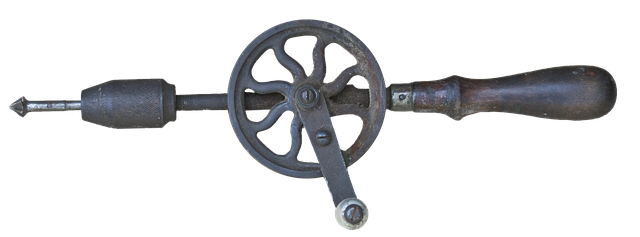
In hazardous material exercises, realistic simulation is key to preparing responders for real-world scenarios. That’s where dome lid training props come into play as invaluable tools. These specialized pieces of hazmat valve training equipment mimic the intricate design and operation of actual domelids, the protective covers used on hazardous containers. By offering a safe, controlled environment, dome lid props enable first responders to gain hands-on experience with critical skills like proper sealing, venting, and decontamination procedures.
The benefits are manifold: enhanced operational readiness, improved safety for personnel, and better coordination among team members. With dome lid training, teams can practice opening and closing valves under pressure, responding to emergency situations more effectively. This targeted practice translates directly into real-life situations, ensuring that when faced with a hazardous materials incident, first responders are prepared, confident, and capable of swiftly and safely managing the situation.
Key Features and Design Considerations for Effective Hazmat Valve Simulation
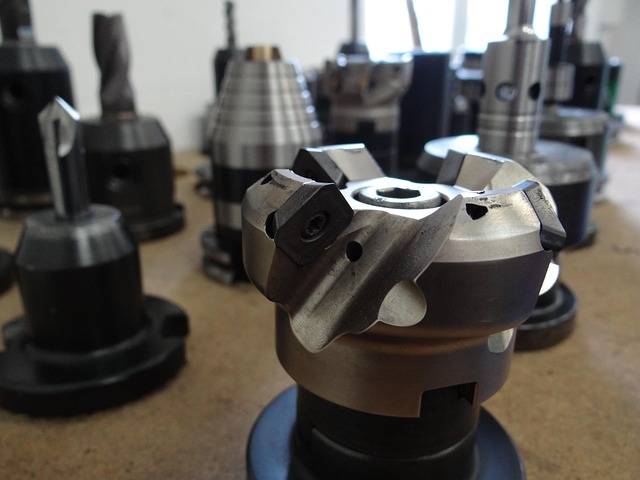
In the realm of hazardous material (hazmat) response exercises, effective simulation of valves is paramount for realistic training. Hazmat valve training equipment should embody key features designed to replicate real-world scenarios accurately. One crucial aspect is the ability to mimic various valve types commonly found in industrial settings, such as ball valves, gate valves, and check valves, each requiring distinct manipulation techniques during an emergency. Moreover, these simulation tools must endure harsh conditions, including exposure to corrosive substances and extreme temperatures, ensuring longevity and reliability in intense training environments.
Design considerations for optimal hazmat valve training equipment include ergonomic design for comfortable handling, especially during prolonged exercises. Intuitive controls that mimic real-world valve operation are essential to foster a sense of realism without complicating the training process. Additionally, integrating safety features like quick-release mechanisms and spill-containment systems is vital to ensure the safety of trainees and the surrounding environment. These considerations collectively contribute to creating immersive training experiences, enhancing the preparedness of emergency response teams.
Incorporating Dome Lid Training into Your Safety Protocol: Step-by-Step Guide

Incorporating Dome Lid Training into Your Safety Protocol: Step-by-Step Guide
1. Select the Right Dome Lid Training Prop: Begin by choosing a dome lid training prop that mimics the exact size, shape, and weight of your actual hazmat valve equipment. This ensures realism during exercises, enhancing the learning experience for your team. Look for high-quality materials that can withstand rigorous use to ensure longevity of the prop.
2. Establish Training Objectives: Define clear objectives for your dome lid training session. These could include improving response time, enhancing dexterity in handling hazardous materials, or refining techniques for securing valves under pressure. Communicate these objectives clearly to participants to align their focus and efforts.
Real-World Applications: Success Stories and Best Practices from Industrial Settings

In industrial settings, where hazardous materials are handled regularly, practical training is paramount for emergency preparedness. One innovative solution that has gained traction is the use of dome lid training props, mimicking real-world scenarios with hazmat valve training equipment. These props allow professionals to simulate various emergency situations, such as chemical spills or gas leaks, without risking exposure to dangerous substances. By replicating the physical and sensory aspects of hazardous incidents, workers can enhance their response efficiency and accuracy.
Success stories from industrial facilities demonstrate significant improvements in handling hazardous materials after implementing dome lid training. For instance, a case study of a chemical plant revealed a 20% reduction in incident response time after staff trained with these props. Furthermore, best practices emerging from these settings emphasize the importance of regular maintenance and customization of the training equipment to match the specific hazards present in each facility. This tailored approach ensures that workers are prepared for unique challenges, fostering a culture of safety and preparedness within industrial operations.




